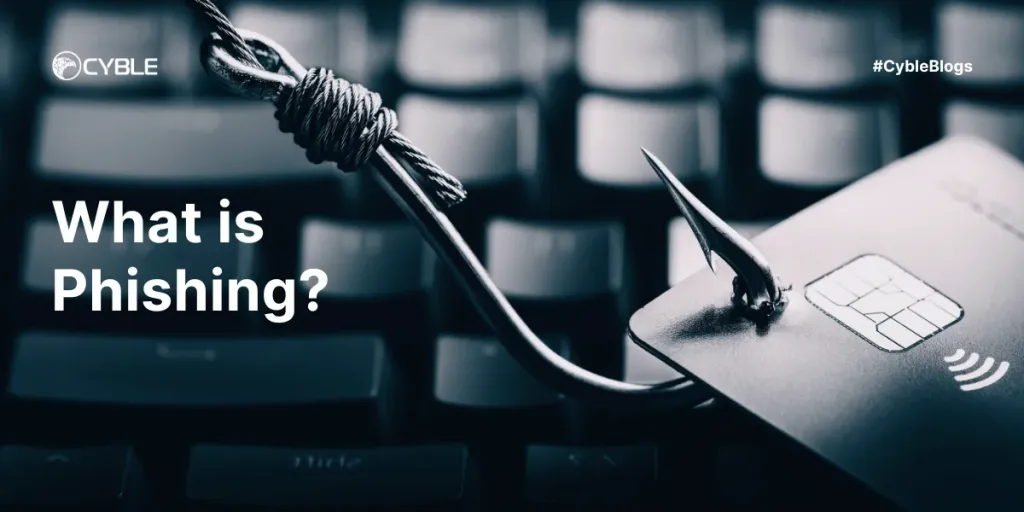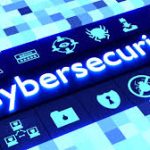Phishing is a common cyber threat where attackers attempt to deceive individuals into providing sensitive information, such as usernames, passwords, and credit card numbers, often by masquerading as a trustworthy entity in electronic communications. Preventing phishing attacks requires a combination of awareness, technical measures, and best practices. Here’s a comprehensive guide on how to prevent phishing:
1. Educate Yourself and Others
- Training and Awareness: Conduct regular training sessions for employees, family, and friends about phishing tactics. Teach them to recognize suspicious emails and messages.
- Stay Informed: Keep up with the latest phishing techniques and trends. Cybercriminals constantly evolve their methods, so awareness is crucial.
2. Verify the Source
- Check Email Addresses: Look closely at the sender’s email address. Phishers often use email addresses that closely resemble legitimate ones but may contain slight variations.
- Hover Over Links: Before clicking on any link, hover over it to see the actual URL. If the URL looks suspicious or doesn’t match the supposed source, don’t click on it.
- Contact Directly: If you receive a suspicious email from a known contact or company, verify its legitimacy by contacting them through official channels rather than replying directly to the email.
3. Use Strong Passwords and Authentication
- Create Strong Passwords: Use complex passwords that include a mix of uppercase and lowercase letters, numbers, and special characters. Avoid using easily guessable information like birthdays or common words.
- Enable Multi-Factor Authentication (MFA): MFA adds an additional layer of security by requiring a second form of verification (like a code sent to your phone) before granting access.
4. Implement Technical Protections
- Email Filtering: Use email services that have strong filtering capabilities to detect and block phishing emails. This can prevent many malicious emails from reaching your inbox.
- Antivirus and Anti-Malware Software: Install and regularly update antivirus software to detect and block phishing attempts and other malicious software.
- Web Browser Security: Use web browsers that offer phishing protection and alert you to potentially harmful websites.
5. Be Cautious with Personal Information
- Limit Sharing: Be cautious about the personal information you share online and ensure that sensitive details are only provided through secure channels.
- Don’t Respond to Requests: Legitimate organizations typically do not ask for sensitive information via email. If you receive such requests, do not respond or provide information without verifying the request.
6. Recognize Red Flags
- Unusual Requests: Be wary of emails requesting immediate action, such as verifying your account or providing personal information urgently. Phishing emails often create a sense of urgency.
- Spelling and Grammar Mistakes: Poorly written emails with spelling and grammatical errors are often signs of phishing attempts.
- Generic Greetings: Emails that use generic greetings like “Dear Customer” instead of your name may be phishing attempts.
7. Report Phishing Attempts
- Report to Your Organization: If you receive a phishing email at work, report it to your IT department or security team.
- Use Reporting Tools: Many email providers have options to report phishing attempts. Reporting helps improve security measures and protects others from similar threats.
8. Regularly Monitor Accounts
- Check Financial Statements: Regularly review your bank and credit card statements for unauthorized transactions. Early detection can help mitigate damage.
- Enable Account Alerts: Set up alerts for account activities such as logins, withdrawals, and changes to personal information.
Conclusion
Preventing phishing attacks requires vigilance, education, and the implementation of best practices both personally and within organizations. By recognizing the signs of phishing, verifying the legitimacy of communications, and using available technology, individuals can significantly reduce their risk of falling victim to these deceptive attacks. Maintaining a proactive approach to cybersecurity is essential in today’s digital landscape, where phishing continues to be a prevalent threat.


